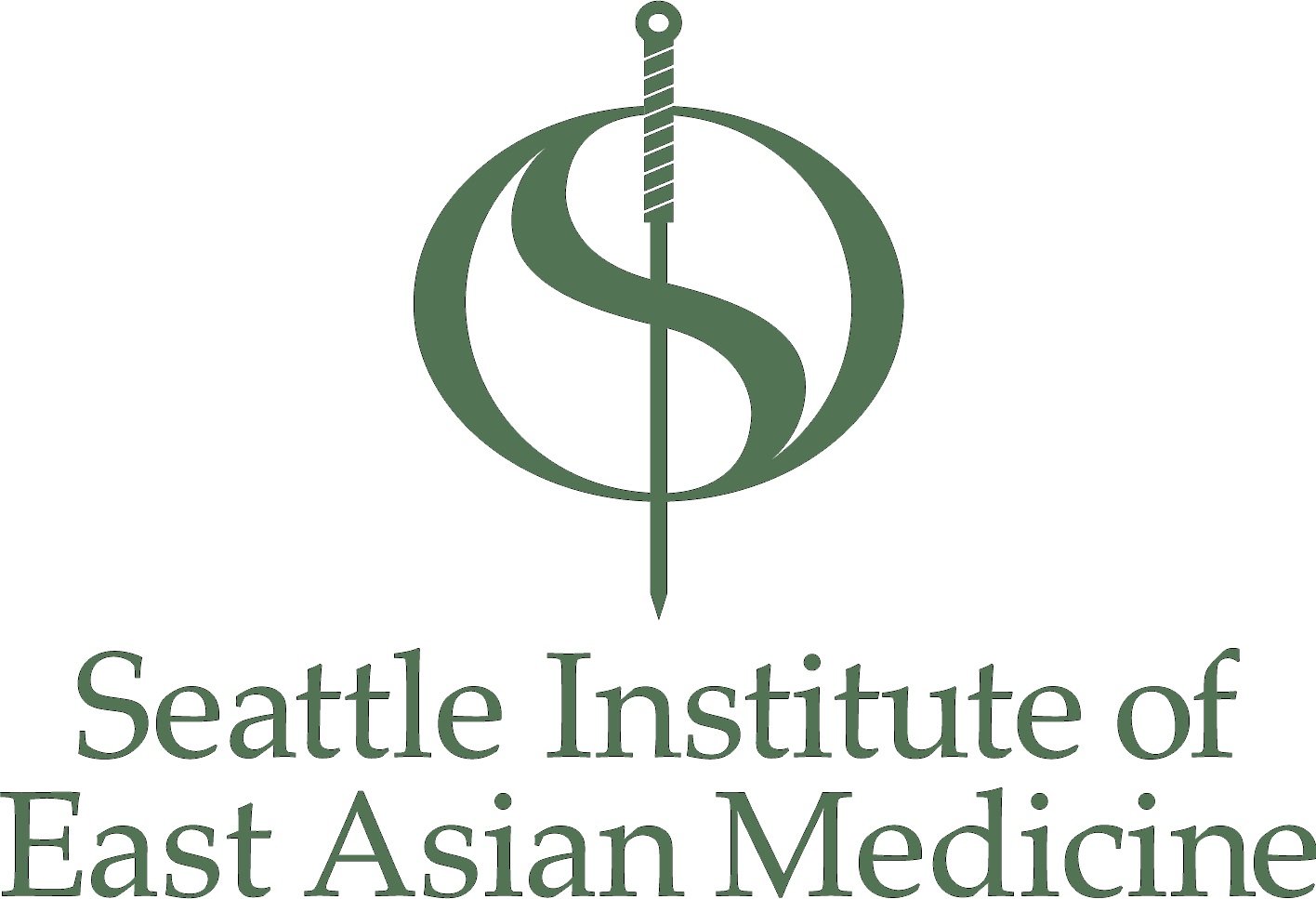Case analysis of acupuncture leading to the rise of unexpected circumstances
Case analysis of acupuncture leading to the rise of unexpected circumstances
Journal of Clinical Acupuncture and Moxibustion, 1994, Vol. 10, Issue 5, page 38.
Translated by Inger Johnson 2004
Now we will show you when we were in clinic needling inappropriately, causing the rise of three cases of unexpected circumstances, and analyze the report below for beginners to learn from:
Case 1:
Mr X., Male, 52 years old, government worker, first visit March 28, 1988.
Patient's physical body tended toward thin with left side facial paralysis, because of this, he came for acupuncture treatment and the diagnosis was peripheral facial paralysis (Wind-Heat-type). The points used were left-side: Feng Chi (GB 20), Di Cang (ST 4), Qu Chi (L.I. 11), Nei Ting (ST 44), draining method, retained needles 20 minutes.
The Qu Chi (L.I. 11) point was needled 1.2 cun. After being needled, the patient felt distending pain in the left elbow joint, accompanied by anterior arm soreness, distention, and lack of strength, with no functioning blockage or finger numbness. Immediately I (the Doctor) did acupressure up and down the arm and the uncomfortable feeling was slightly alleviated.
When the patient came to the clinic thereafter, the acupuncture points were not used for the rest of the treatments. Instead, the surrounding area was treated with Tui Na. After half a month, the soreness and pain in the elbow joint was gradually eliminated.
Analysis:
In this case the patient was 52 years old, his physical body tended towards thin, and the acupuncture treatment occurred during springtime. The seventieth difficulty of the Nan Jing states: "In the Spring and Summer the yang qi is in the upper regions and a person's qi is also in the upper regions, therefore one should seek it superficially." This pattern of Wind-Heat-type facial paralysis belongs to a yang pattern and is a new disease. Secondly, the Qu Chi (L.I. 11) point is a yang channel point. The Ling Shu, Yin Yang Qing Zhuo states: "When you needle the yang, it should be needled superficially and quickly." In view of the above statements, superficial needling is enough to remedy. If you needle too deeply, it will cause the following to happen: "When the disease is superficial and you needle deep, it will injure interiorly the good flesh." This was not a good response to the treatment and so we overlooked the patterns in our work. It is important that we have thorough knowledge of Chinese medicine theory and apply it flexibly. We cannot maintain the achievements of our predecessors by being rigid and inflexible.
